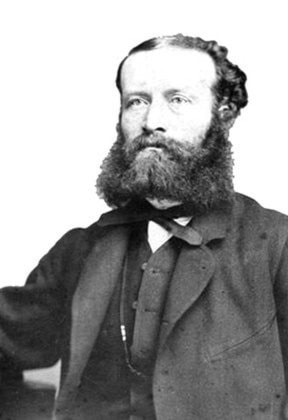Barry Coulter
For those of you who like to stay up late to witness the clock springing forward, this weekend is for you.
That’s right — as of 2 a.m., Sunday, March 13, Daylight Savings Time begins and the days will seem to last forever (so remember to turn your clocks ahead).
That’s what we like in the East Kootenay. That’s what we’ve always liked — since 1952, anyway, when 53.6 per cent of British Columbians voted in favour of adopting Daylight Savings Time (Creston, our time-standing-still neighbour to the west, ignored the results of this plebescite).
By the way, Canada’s six time zones, and the East Kootenay’s placement in the Mountain Zone, are based on proposals by Scottish Canadian railway engineer Sir Sandford Fleming, who helped pioneer the world’s time zone system.
British Columbia’s clocks first sprang forward on April 14, 1918, with the national Daylight Savings Time Act. The act was allowed to lapse after World War I, re-legislated for World War II, then left up to the provinces after the war — hence the Plebescite of ‘52, ignored by Creston.

In the democratic year of ‘72, another poll was held for the folks of the East Kootenay (including Creston) and the Peace district, asking folks if they wanted to switch the Pacific Time Zone. In Kootenay East the No’s took it 2,842 to 1,779 (the vote in Creston was a tie. Leo Nimsick was also returned as the NDP MLA in the concurrent provincial election).
In 2007, B.C. switched the time change to the second Sunday in March, to keep aligned with changes in the U.S. It’s estimated B.C. has saved pennies a day in power usage with this move.
And in 2014, Ron Toyota, Mayor of Creston, blue-skied the idea of another time referendum to get Creston in line with everybody else. The idea didn’t really get off the ground; everyone knew it was doomed to failure.
So here’s to waking up groggy on Sunday morning, and staying that way until October.
In other time change news, Cranbrook Fire & Emergency Services is advising residents that this is a good time to inspect all of your smoke alarms and carbon monoxide detectors in your home. Ensure you test them and replace all the batteries. Smoke alarms should also be replaced every seven to 10 years.
“Having working smoke alarms in every bedroom, outside every bedroom and on each floor of your home is strongly recommended. More than 2300 people die each year in home fires. Having a smoke alarm and carbon monoxide alarm that works 24 hours a day greatly increases your chances of survival in the case of a fire.”
